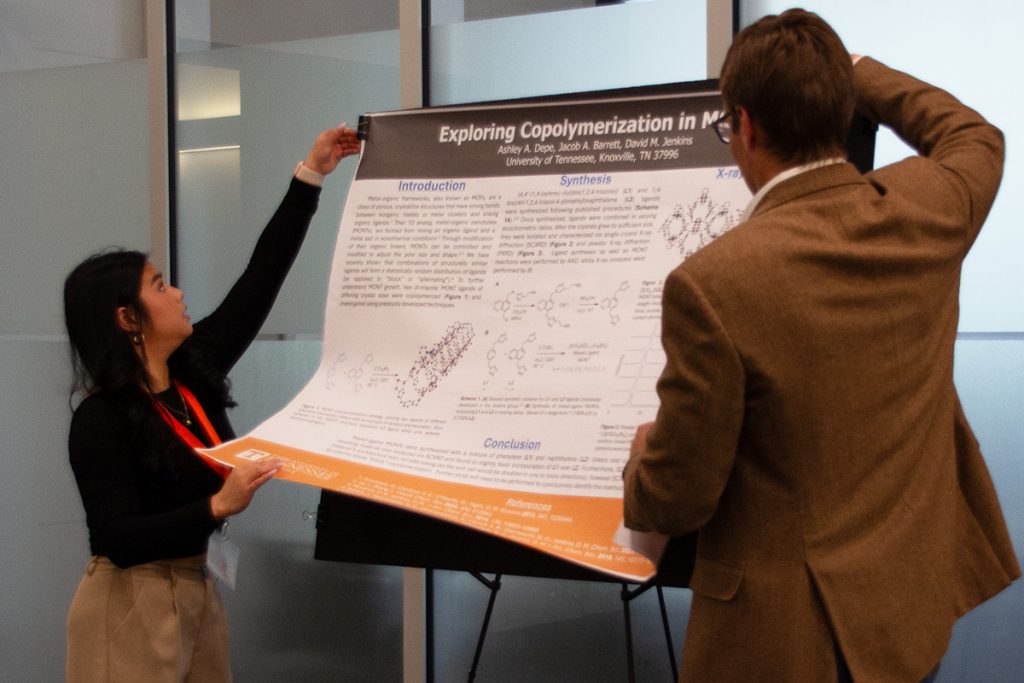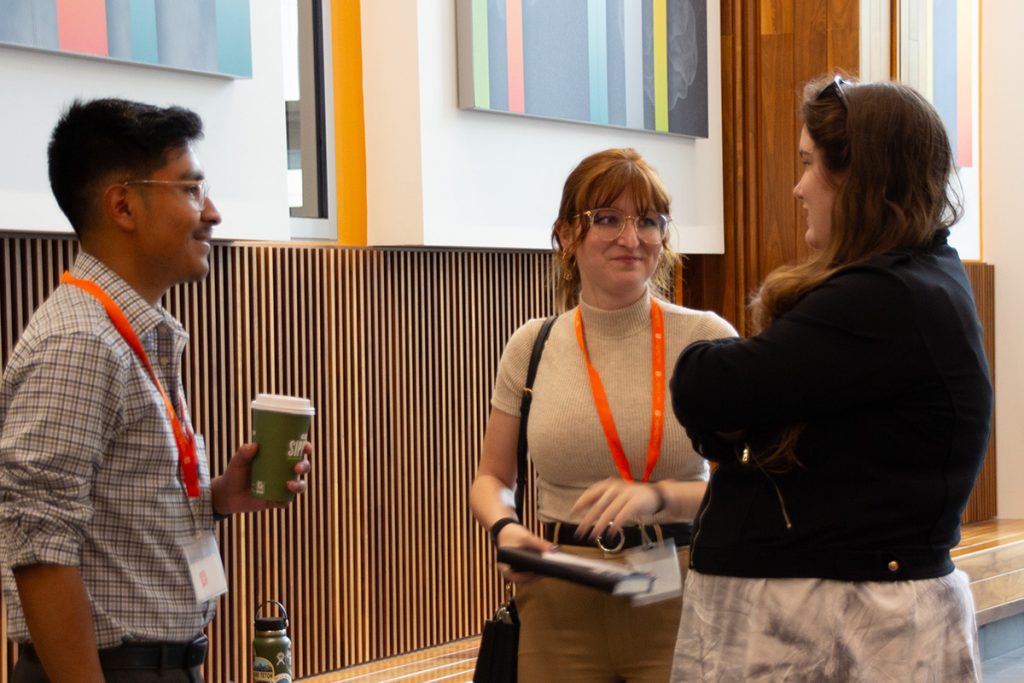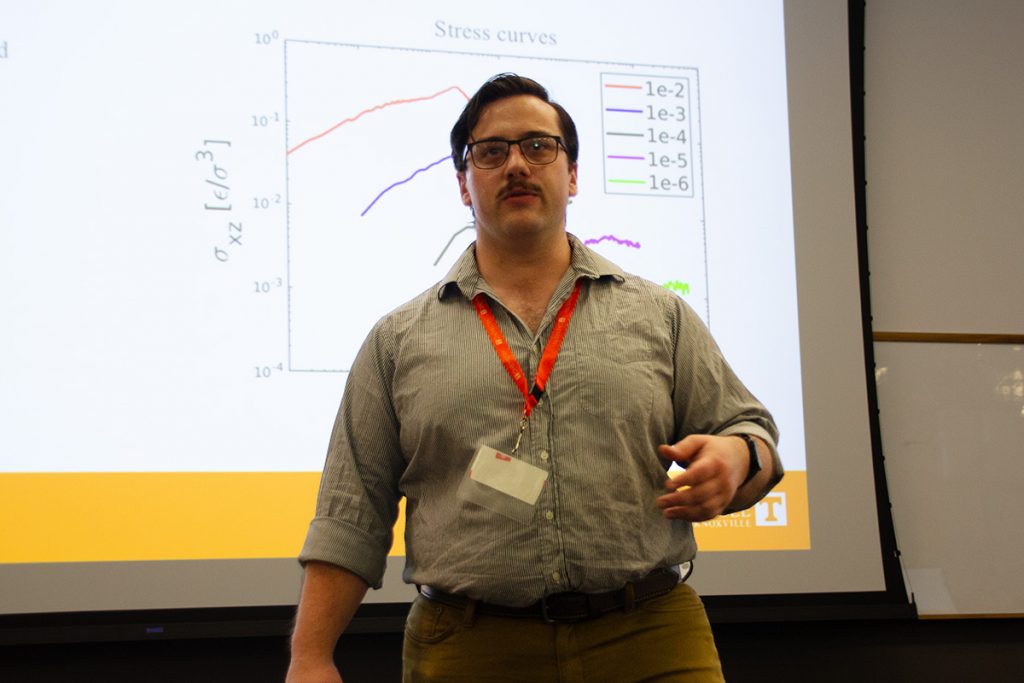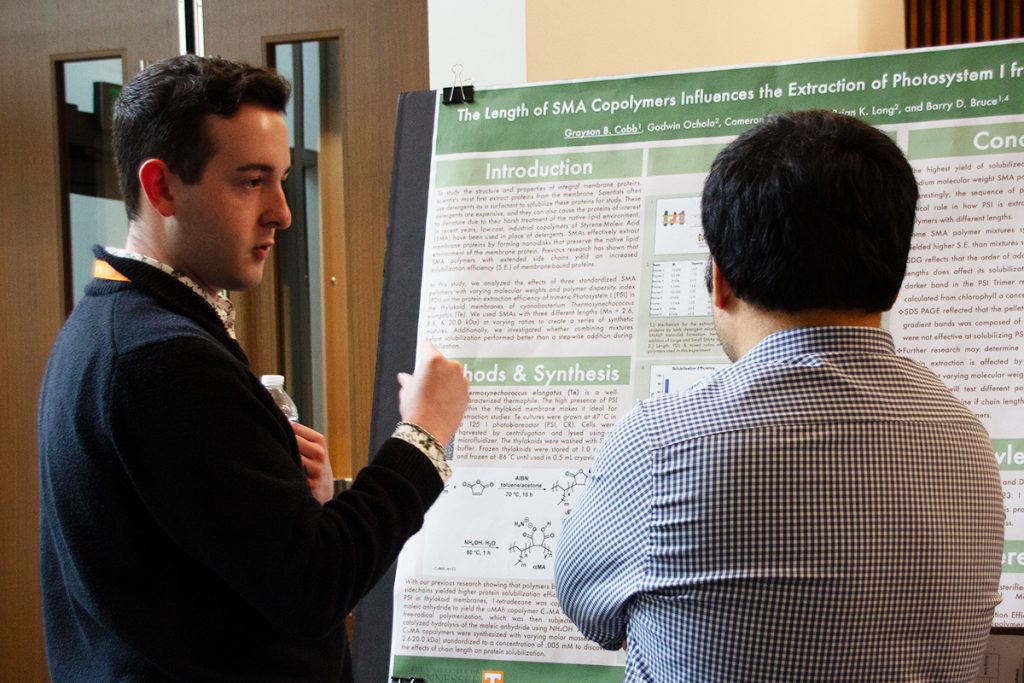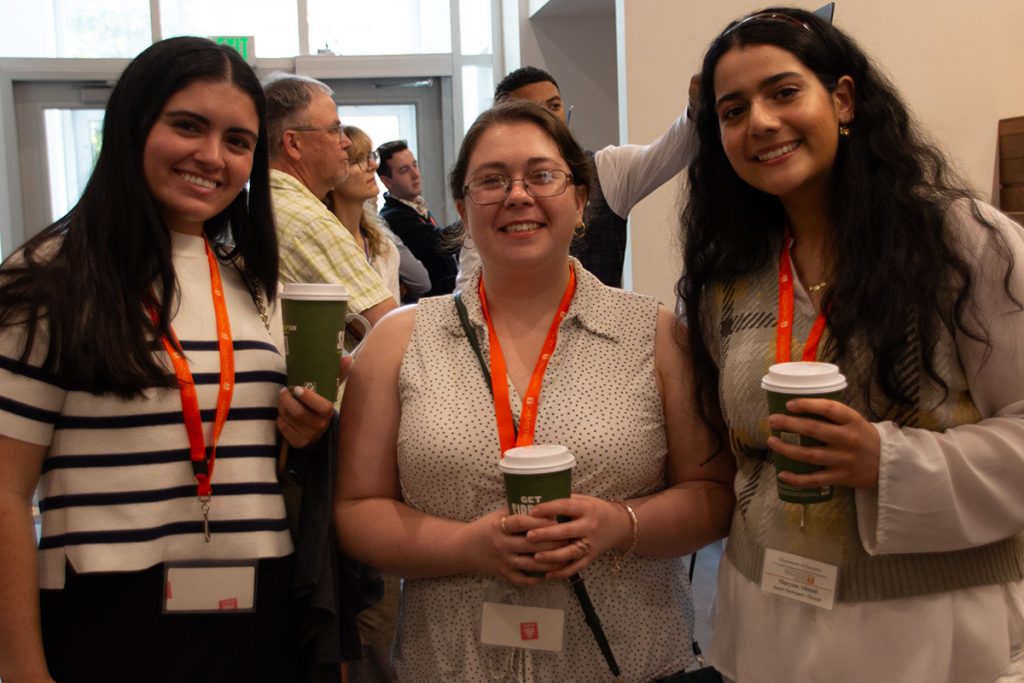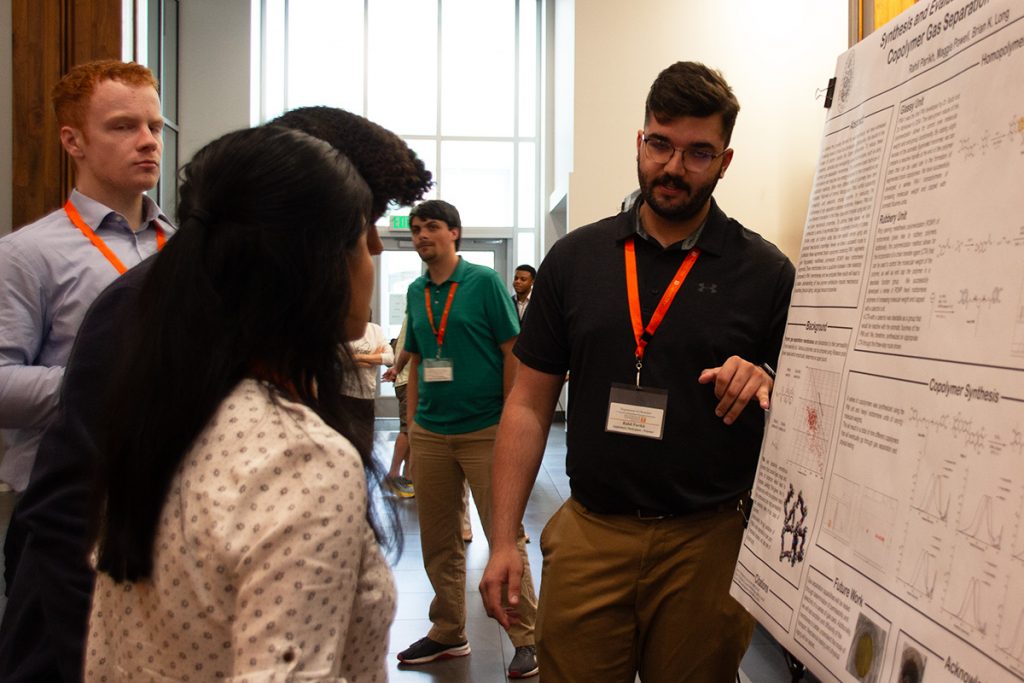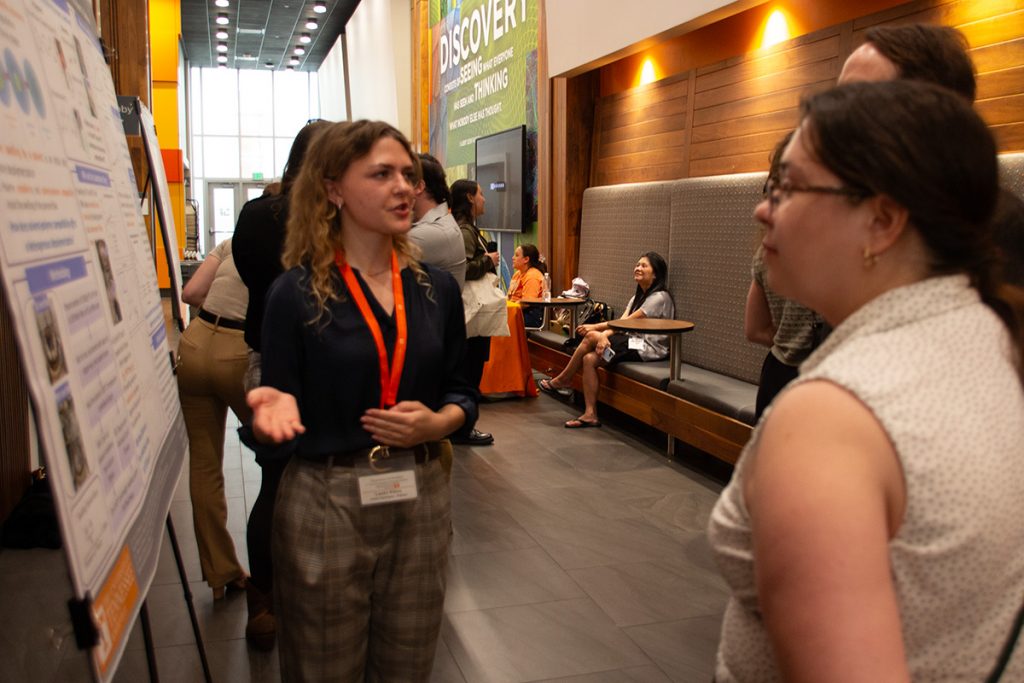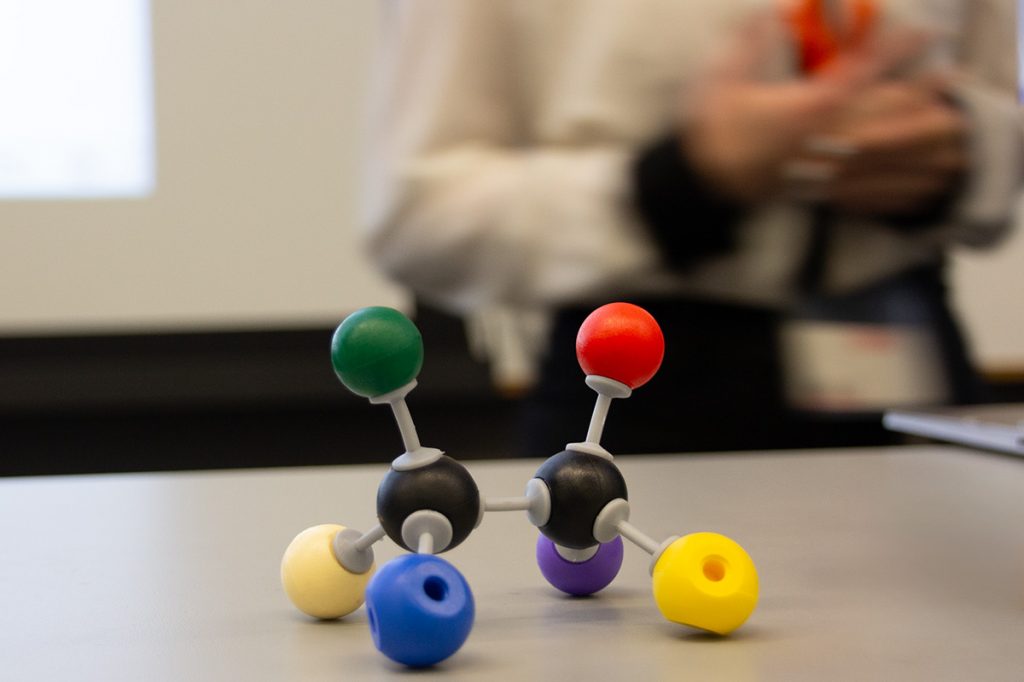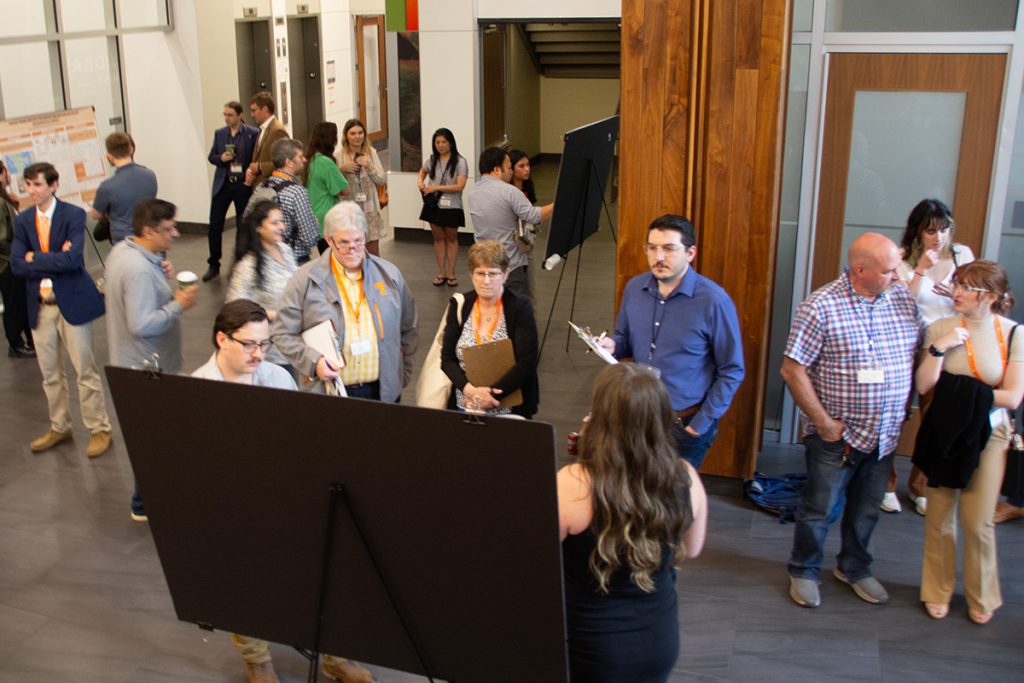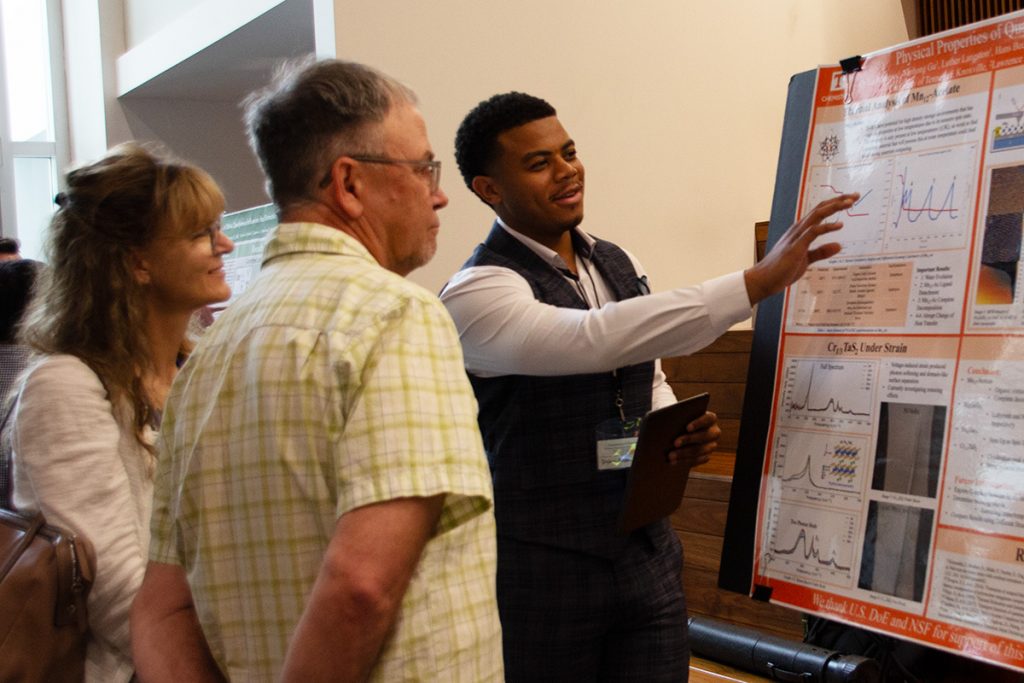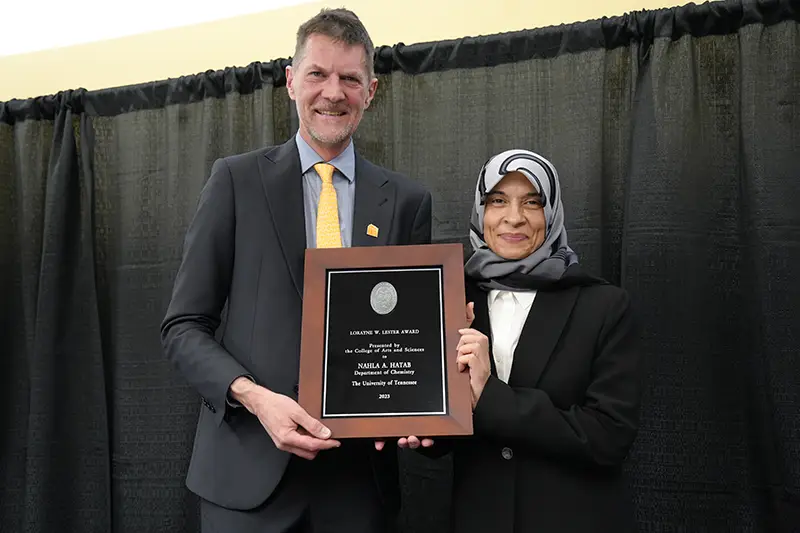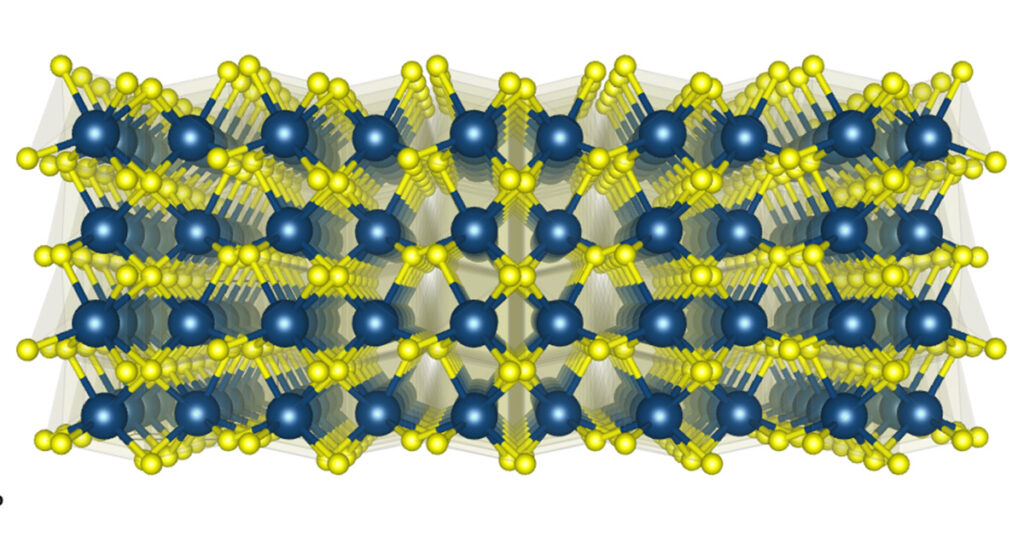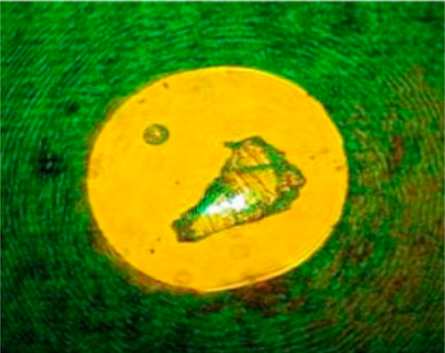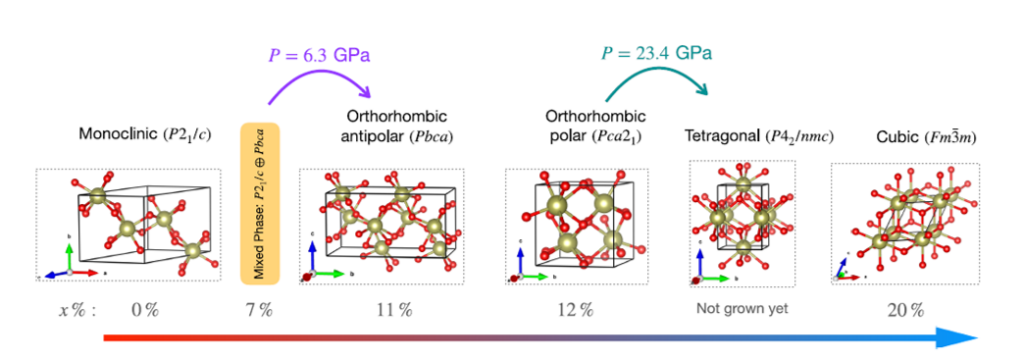2024 Undergraduate Awards
On Saturday, April 27th the 3rd annual Undergraduate Research Symposium took place in Mossman Hall, with undergraduate students participating in poster and oral presentation competitions. Following the symposium, chemistry undergraduates, family and friends attended the accompanying awards dinner where symposium awards and undergraduate scholarships were distributed. Congratulations to all of this year’s winners!
Undergraduate Research Symposium Award Winners
Poster Award Winner
Maryam Ahmed
Poster Award Winner
Grayson Cobb
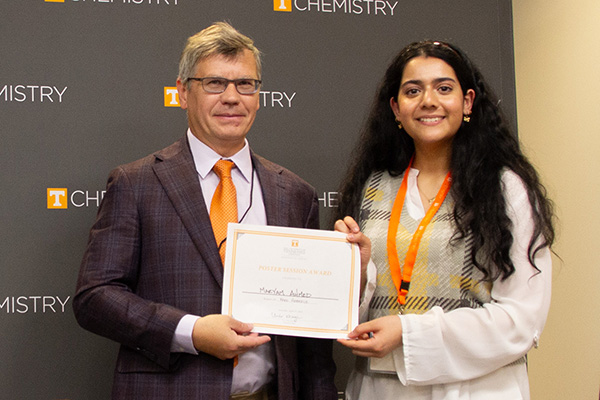
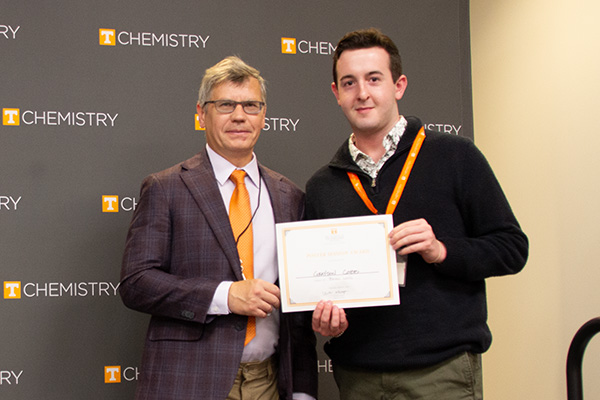
Oral Presentation Winner
Kendra Day
Oral Presentation Winner
Makayla Hedges
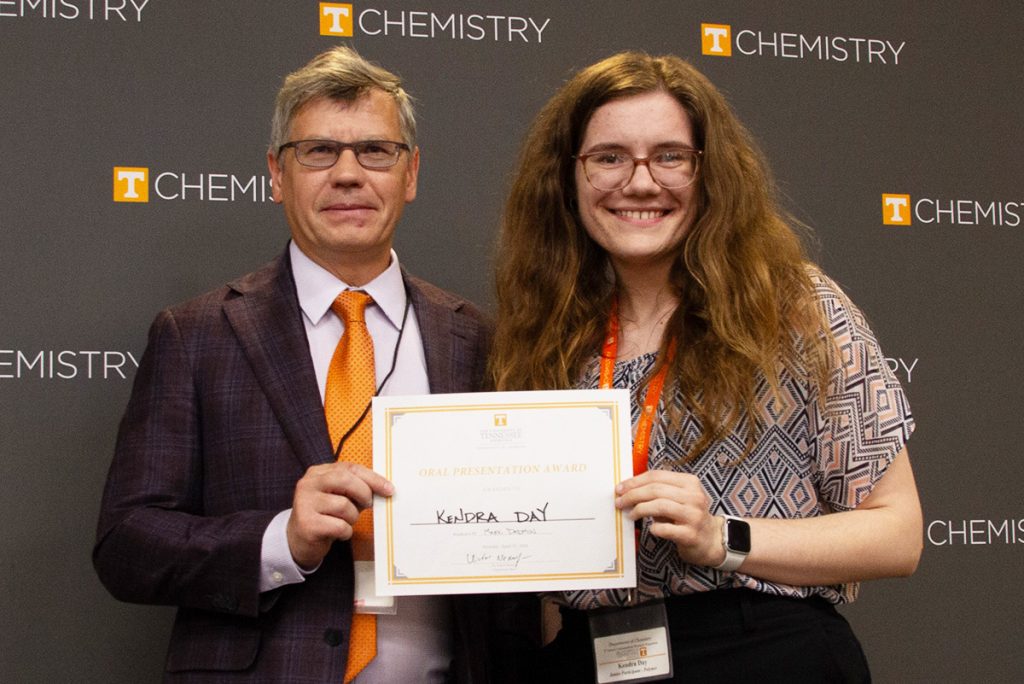
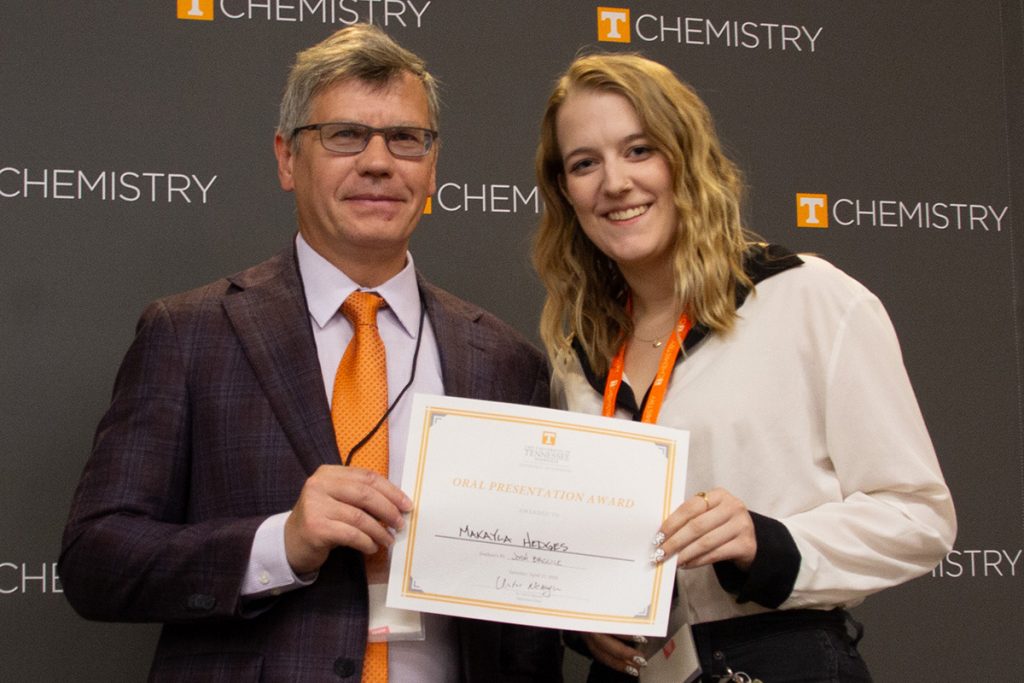
Scholarship Award Winners
C.W. Keenan Outstanding General Chemistry Student Award
Vu (Lynn) Nguyen
Phillip & Mary Reitano Award
Rahil Parikh
Dr. Lucy E. Scroggie Scholarship
Caleb Russell
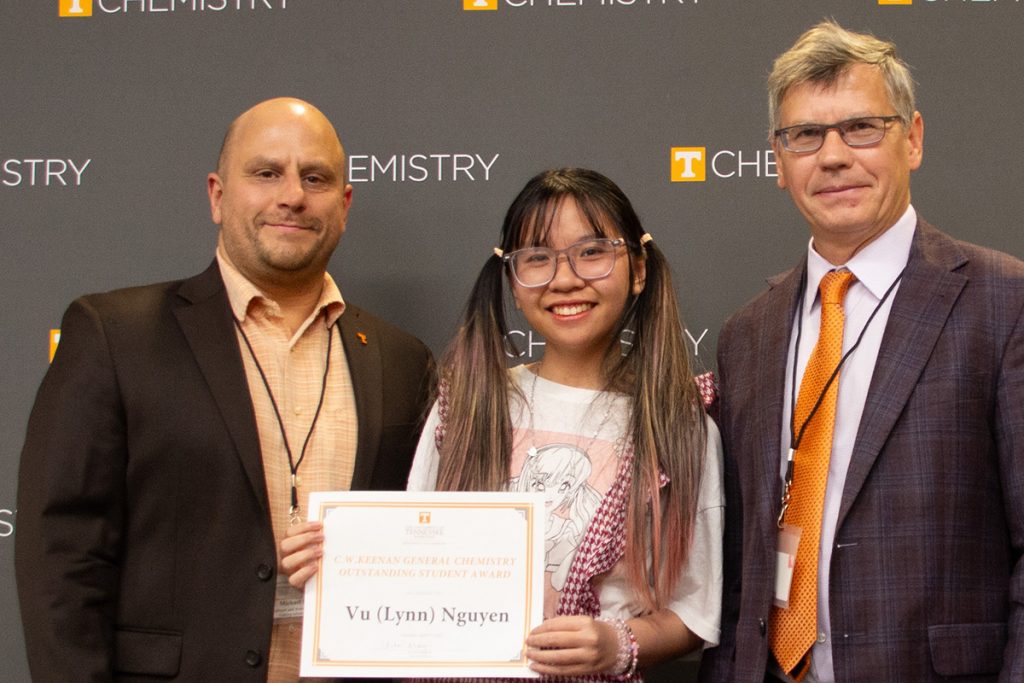
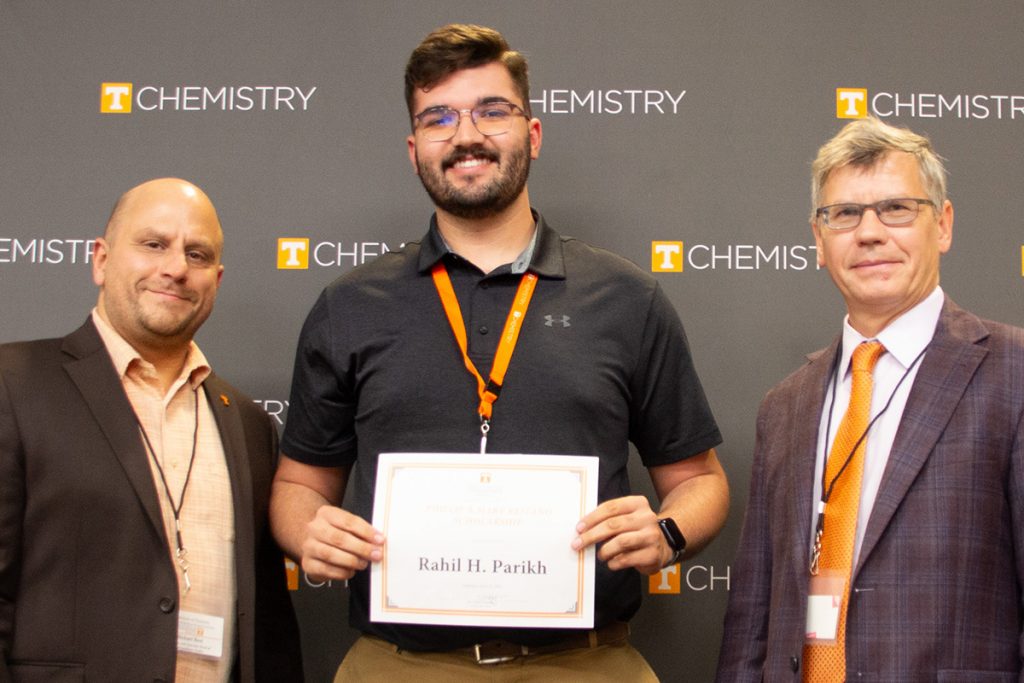
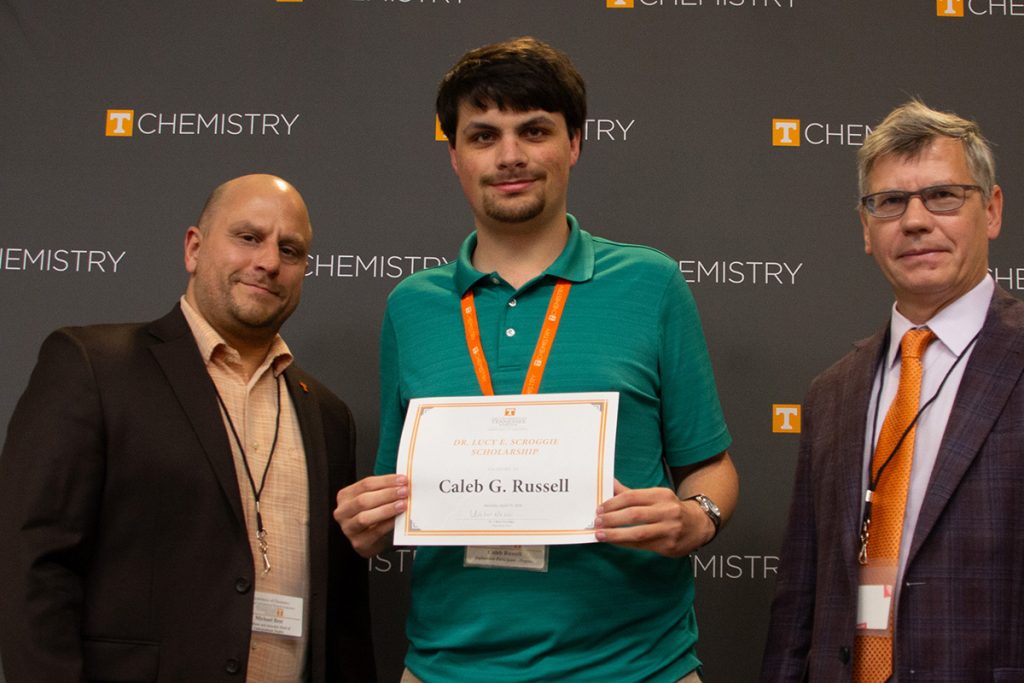
Halbert and Anne Carmichael Scholarship
Bailey Dvorak
C.A. Buehler Chemistry Scholarship
Makayla Hedges
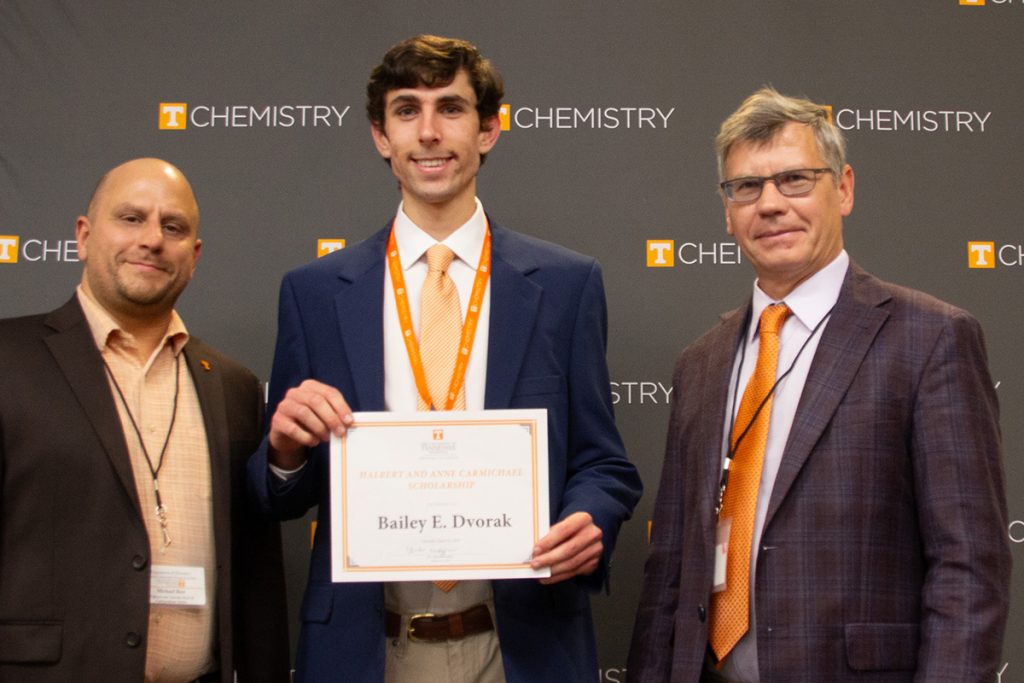
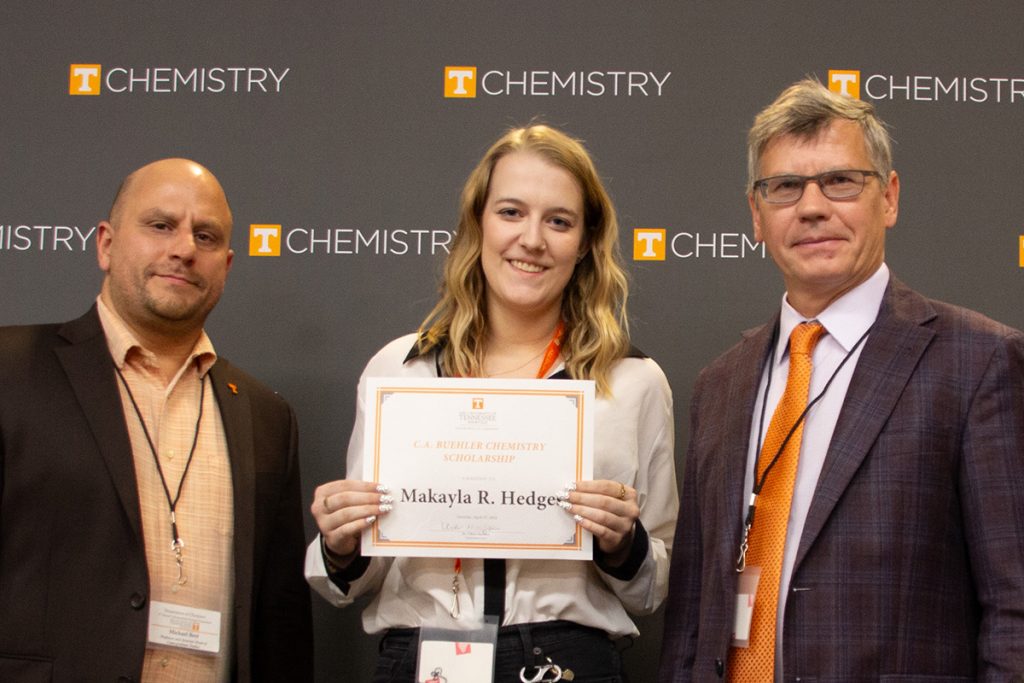
Additional Awards (not pictured)
ACS-Hach Land Grant Scholarship
Nathan Stimpson
CRC Press General Chemistry Award
Reed Heflin
Melaven-Rhenium Scholarships
Bailey Dvorak
Chloe Earls
Alexandria Wood
